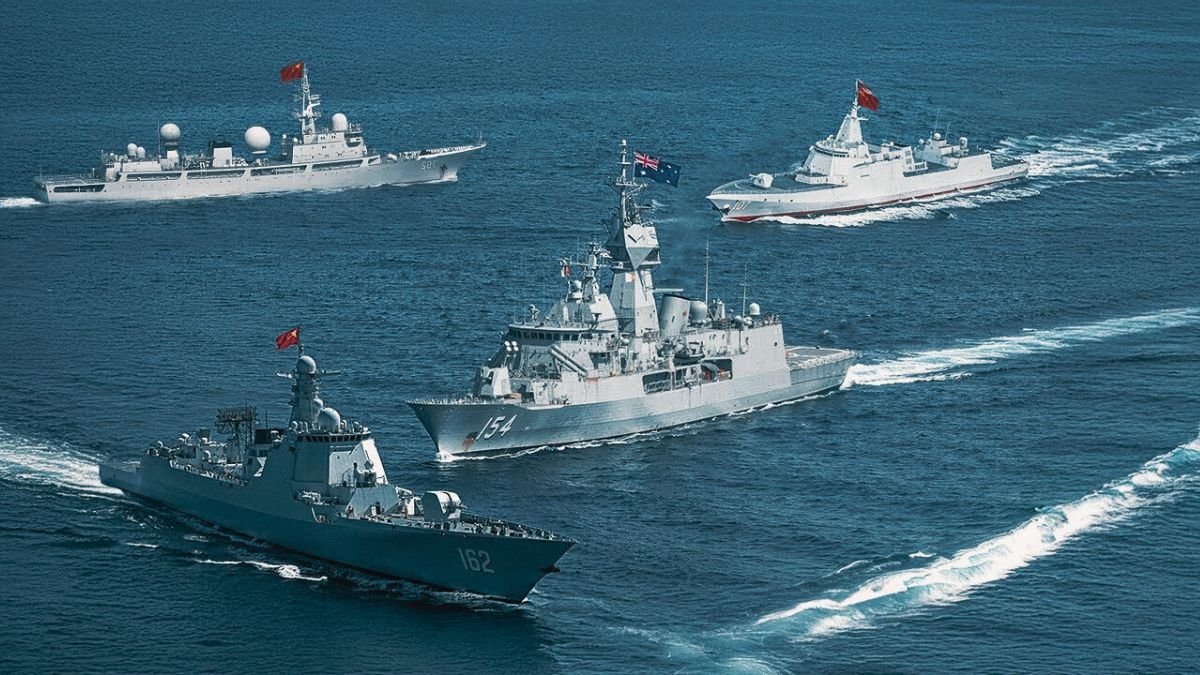Russia and China Launch Major Naval Drills in Sea of Japan Amid Rising Tensions
The pre-planned exercises, titled "Maritime Interaction-2025," coincide with heightened U.S.-Russia rhetoric over nuclear posturing and submarine deployments.

SEA OF JAPAN – The Russian and Chinese navies have commenced significant joint military exercises in the Sea of Japan, featuring live-fire artillery and advanced anti-submarine warfare drills. The Russian Pacific Fleet confirmed the start of the maneuvers on Sunday, highlighting the deepening military cooperation between the two nations.
The exercises, officially named “Maritime Interaction-2025,” are a scheduled event aimed at enhancing the operational synergy between the two naval forces. According to a report by the Interfax news agency, a joint detachment of warships is participating, including a large Russian anti-submarine vessel and two Chinese destroyers. The drills also involve diesel-electric submarines from both countries and a specialized Chinese submarine rescue ship, underscoring the complexity of the operation.
Quoting the Pacific Fleet, Interfax detailed that sailors from Russia and China will engage in a series of demanding tasks. These include conducting joint artillery firing at sea targets, practicing coordinated anti-submarine and air defense missions, and honing joint search and rescue operations. The exercises are scheduled to conclude on Tuesday.
These maneuvers are taking place in a charged geopolitical atmosphere. Just two days prior, U.S. President Donald Trump announced that he had ordered two nuclear submarines to be positioned in “the appropriate regions.” Trump stated this move was a direct response to what he described as “highly provocative” remarks from former Russian President Dmitry Medvedev regarding the potential for war between the nuclear-armed powers.
However, it is crucial to note that the Russo-Chinese naval drills were scheduled long before President Trump’s announcement, making their timing a coincidence rather than a direct reaction to the U.S. deployment.
The exercises are part of a broader strategic alignment between Moscow and Beijing. The two countries, which declared a “no-limits” strategic partnership shortly before Russia’s 2022 invasion of Ukraine, regularly conduct joint military drills. These events serve to improve coordination between their armed forces and project a unified deterrent signal to global adversaries.
The tensions between Washington and Moscow have been escalating, with President Trump expressing frustration over the lack of progress toward ending the war in Ukraine. His public comments on the deployment of nuclear submarines are highly unusual, as the location of these strategic assets is among the most sensitive information for nuclear powers. Russia and the United States possess the world’s largest nuclear arsenals, and such public posturing underscores the fragile state of international security.






